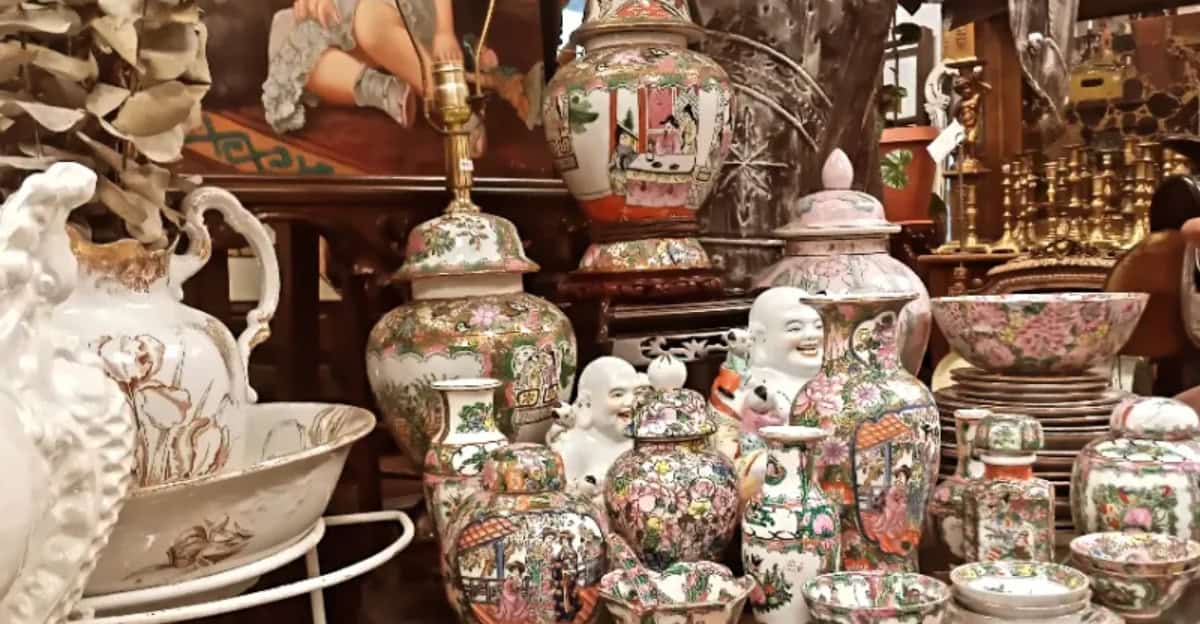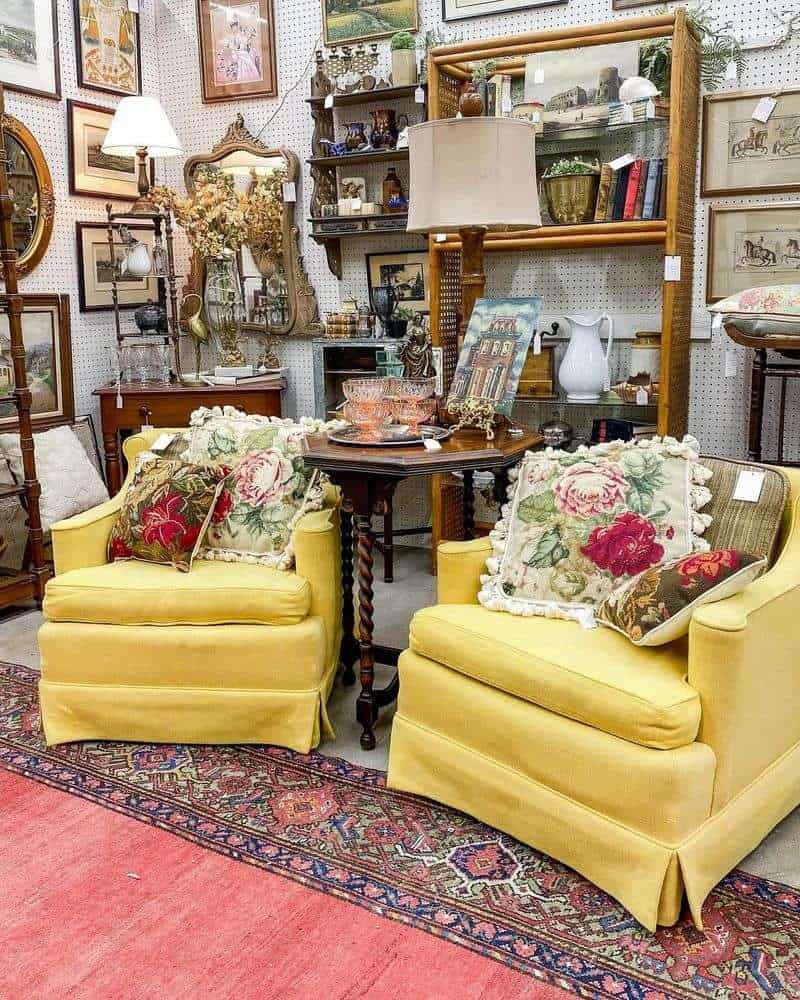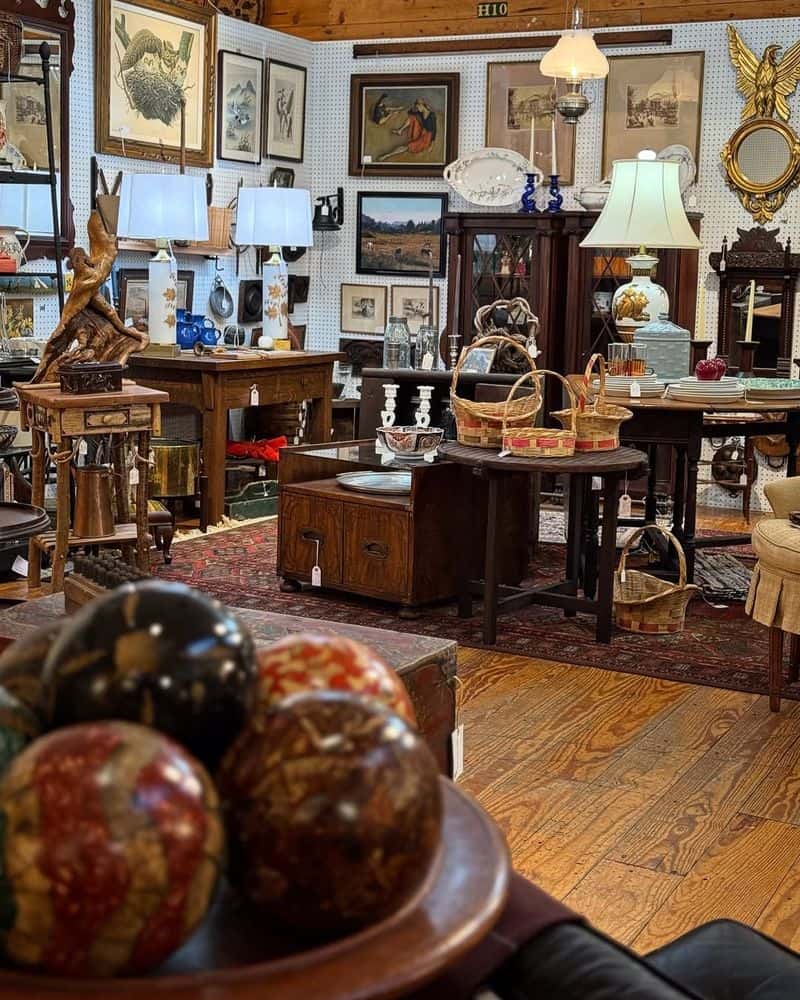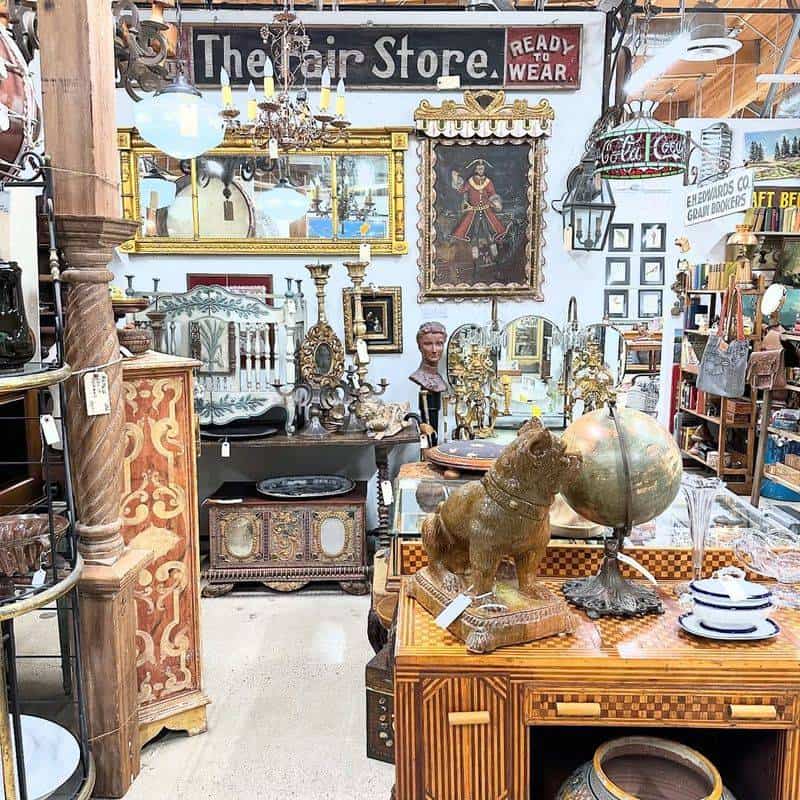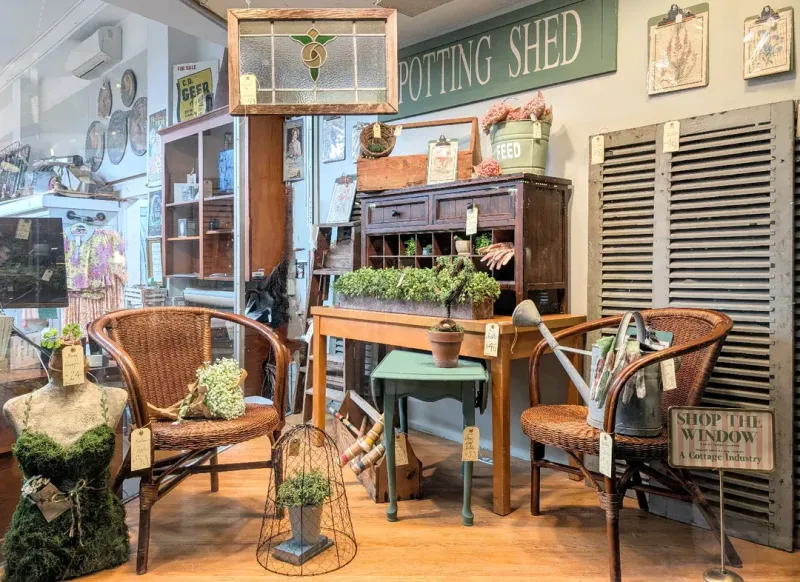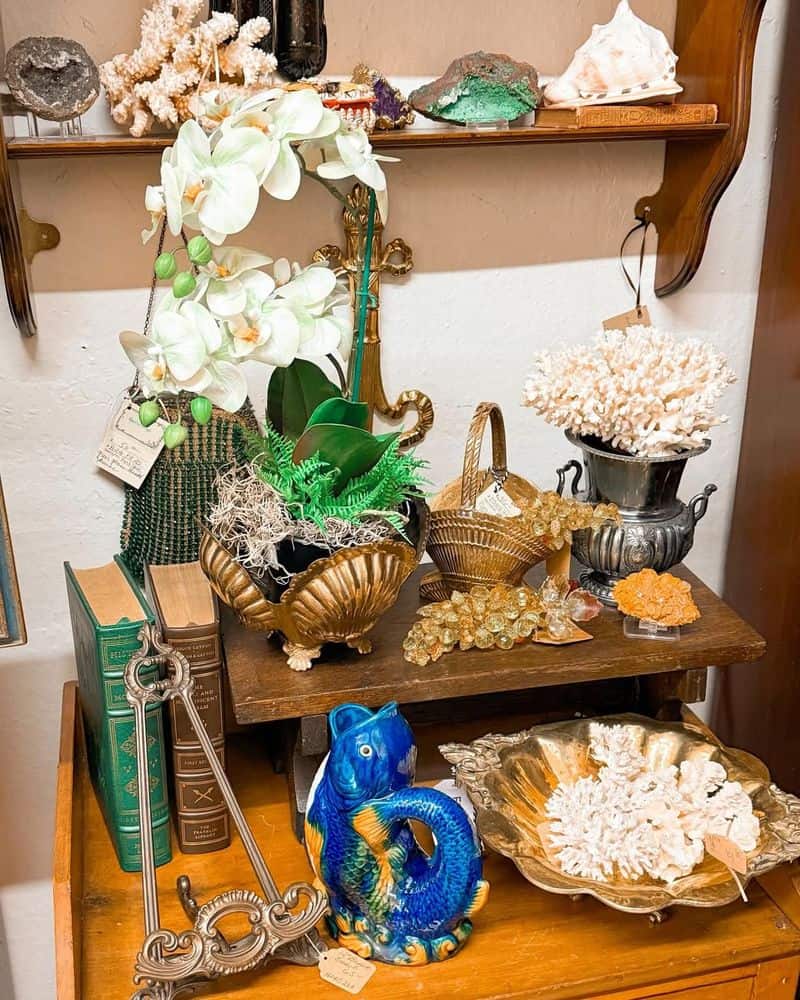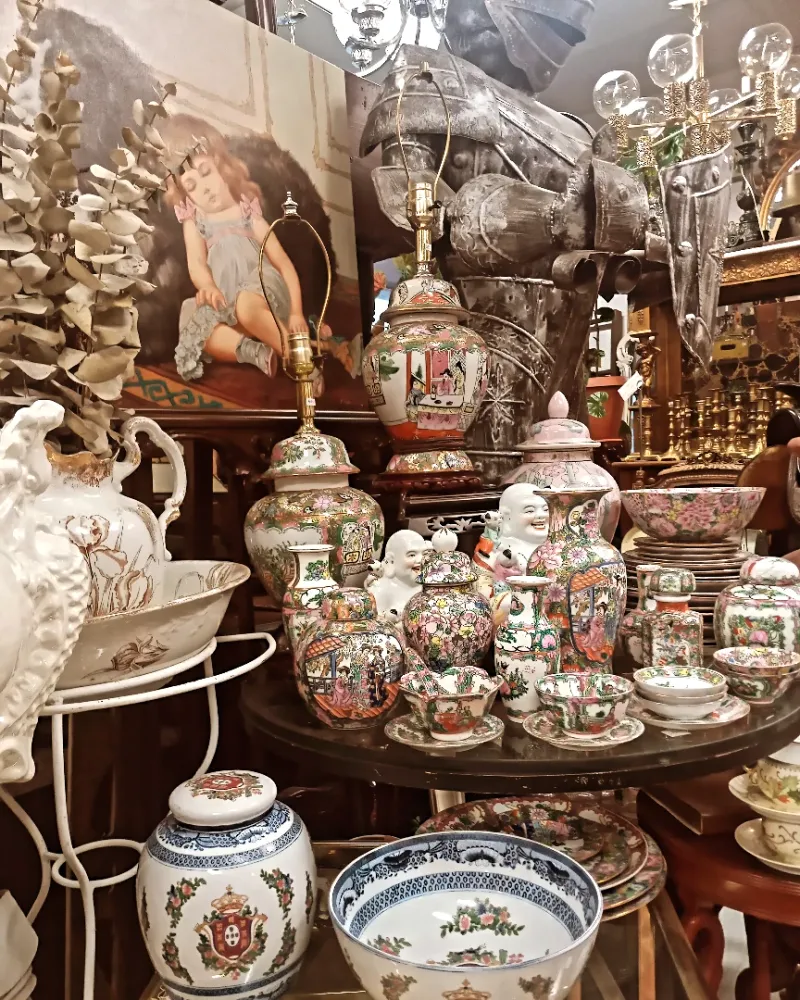Selling antiques can be as charming as the treasures themselves, but it’s easy to stumble if you’re not well-prepared.
Here are 10 tips that will make you look like a seasoned pro, rather than a bewildered beginner.
1. Educate Yourself About Your Items
Understanding your antiques is crucial. Spend time researching the history and background of each piece.
Why was it made, and by whom? Knowing these details can increase its value and your credibility. Consult books, online resources, and experts. Join forums and groups where antique enthusiasts gather.
They can provide insights and sometimes hidden stories about your items. This knowledge isn’t just for show; it can help in negotiating with buyers.
An educated seller comes across as confident and trustworthy, making potential buyers feel at ease. Remember, knowledge is your most valuable asset in this business.
2. Verify Authenticity and Provenance
Authenticity is everything in the antique world. Before selling, verify the item’s origin and history. Provenance, which is the record of ownership, can dramatically affect value.
Obtain any certificates or documentation available. If none exist, hire an appraiser. A professional can identify markers or features that confirm authenticity. Don’t rely on assumptions; fakes are common.
A verified piece can command a premium price. Transparency with buyers fosters trust. Provide them with all available information.
This practice not only assures them of the item’s legitimacy but also reflects your professionalism and dedication.
3. Assess Condition Accurately
Condition plays a significant role in an antique’s value. Examine each piece meticulously. Look for wear, repairs, or damage. Document these details honestly.
Misrepresenting condition can backfire, ruining your reputation. Conduct any necessary cleaning or restoration with care. Originality often holds more value than a perfect appearance.
When in doubt, consult a restoration expert. They can provide guidance on preserving the piece’s integrity. Providing detailed condition reports to potential buyers is beneficial.
Transparency builds trust and sets reasonable expectations. An accurately assessed piece will always attract serious collectors and ensure satisfactory transactions.
4. Research Market Value
Market value fluctuates, so stay updated with trends. Use online databases, auction results, and price guides. Networking with fellow sellers can provide insights into current demand.
Recognize that sentimental value doesn’t equate to market value. Pricing too high can deter buyers, while too low undervalues your item. Aim for a competitive price that reflects both rarity and condition.
Be willing to adjust prices based on market feedback. Regularly reviewing the market ensures you’re neither undervaluing nor overpricing.
A well-researched price attracts the right audience and facilitates smoother sales.
5. Choose the Right Selling Platform
Choosing a selling platform depends on your items and audience. Online marketplaces offer vast reach but require good photos and descriptions.
Antique fairs or shops provide direct interaction, which can be more persuasive. Consider the costs involved, like fees or commissions. Each platform has its own set of rules and audience expectations.
Tailor your approach accordingly. A platform’s reputation can affect the perceived value of your items.
Experiment with different venues to find what works best for you. The right platform amplifies your reach, connecting you with genuine buyers who appreciate your treasures.
6. Present Items Professionally
Presentation is key. High-quality photos and detailed descriptions attract buyers. Use natural lighting to highlight features. Provide multiple angles and close-ups.
A well-written description tells a story, making the item more desirable. Avoid clutter in photos, focusing solely on the item. Display items in a clean, organized manner if in a physical space.
Professionalism in presentation reassures buyers of your credibility. It reflects your dedication and respect for the items. Remember, first impressions matter.
A well-presented piece stands out in a crowded market and entices potential buyers to learn more.
7. Highlight Unique Features
Unique features set antiques apart. Highlight any special attributes or historical significance. These details can captivate potential buyers. Use photos to emphasize these features.
Include them prominently in descriptions. Understanding what makes an item special helps in marketing it effectively.
Buyers are often looking for pieces that tell a story or add character to a collection. Sharing these unique traits can justify a higher price point.
Be prepared to discuss these aspects enthusiastically with buyers. This not only showcases your expertise but also enhances the item’s allure.
8. Understand Legalities and Taxes
Legal requirements and taxes can be complex. Familiarize yourself with regulations governing antique sales. Laws vary by location, so consult local guidelines. Be aware of any import or export restrictions.
Taxes can impact pricing and profit margins. Consider consulting a legal expert or accountant. They can provide valuable advice specific to your situation. Ignoring legalities can lead to fines or lost profits.
Transparency in legal matters reassures buyers and fosters trust. Being informed protects you and ensures compliance.
This preparation underscores your professionalism and commitment to ethical selling.
9. Engage with the Antique Community
Building connections within the antique community is invaluable. Attend fairs, join clubs, and participate in online forums. Networking allows you to share knowledge and gain insights.
Fellow enthusiasts can provide support and advice. These connections often lead to new opportunities, like exclusive sales or partnerships.
Engaging with others enhances your reputation as a committed seller. It also keeps you informed about trends and developments. Foster relationships with passion and genuine interest.
This community can be a source of inspiration and encouragement. Being active in this network enriches your experience and expands your reach.
10. Be Patient and Flexible

Patience and flexibility are virtues in antique selling. Sales can take time, especially for rare items. Avoid rushing into deals. Wait for the right buyer who appreciates your item’s value.
Flexibility in negotiations can lead to better outcomes. Be willing to adjust prices or terms. This adaptability can turn hesitant buyers into definite ones.
Remember, the antique market is dynamic, and trends change. Staying patient allows you to capitalize on shifts. A calm, collected approach ensures that you make informed decisions.
It ultimately leads to more successful and satisfying transactions.

